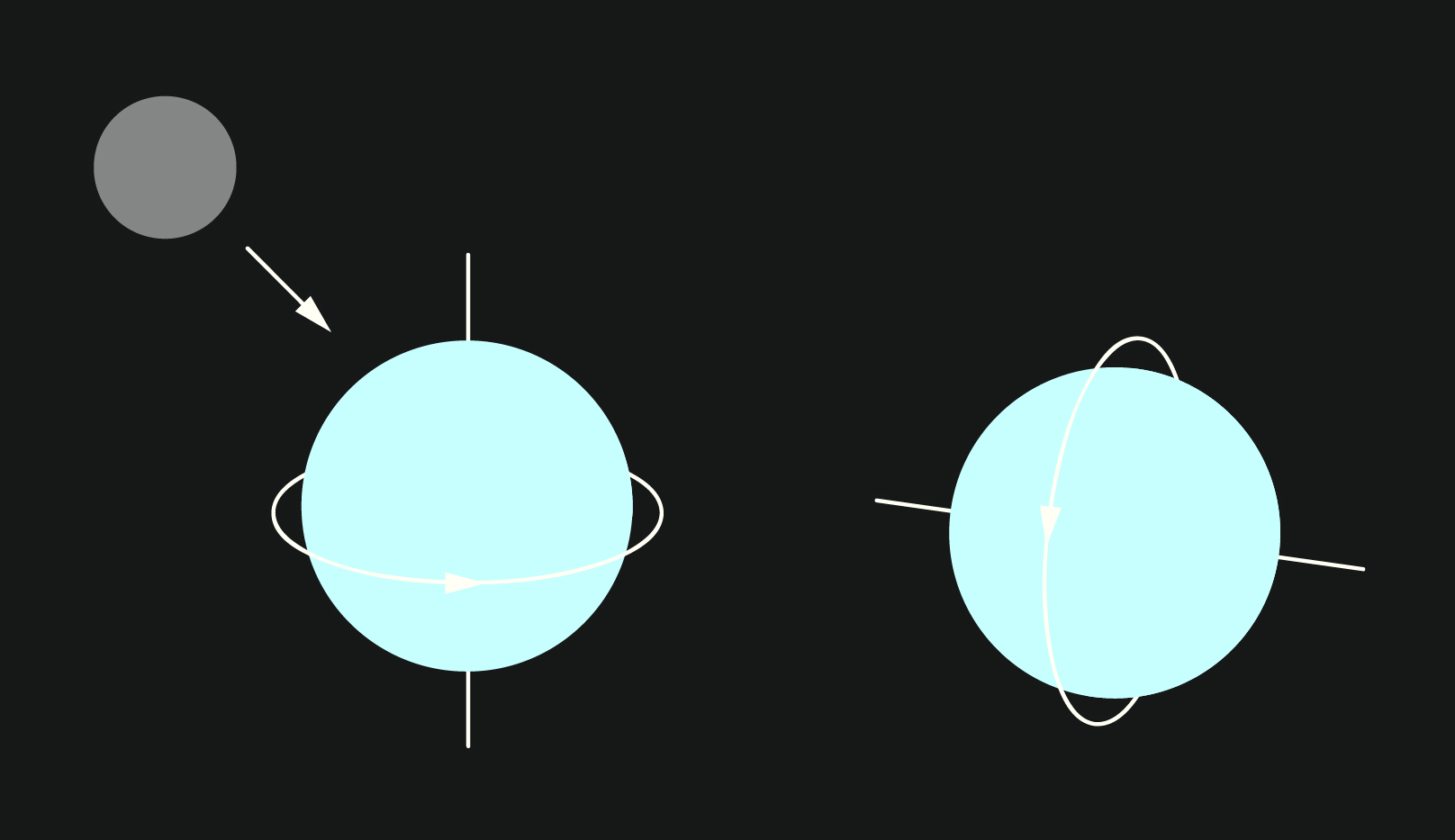Uranus

The Sideways Planet
Uranus is a planet tipped on its side, and its thick atmosphere is unevenly heated by the Sun. The result is a world with extreme weather and seasons.
| Distance From Sun | 1.8373 billion mi (19.2x Earth’s distance from Sun) |
| Structure | rock and metal core, water, methane, and ammonia oceans, gaseous hydrogen |
| Temperature (Planetary Extremes) | Day -357°F (-216°C); Night -357°F (-216°C) |
| Mass | 1 Uranus = 14.5 Earths |
| Volume | 63 Earths could fit inside Uranus |
| Day | 17 hours, 14 minutes |
| Year | 84 years |
| Axial Tilt | 98° |
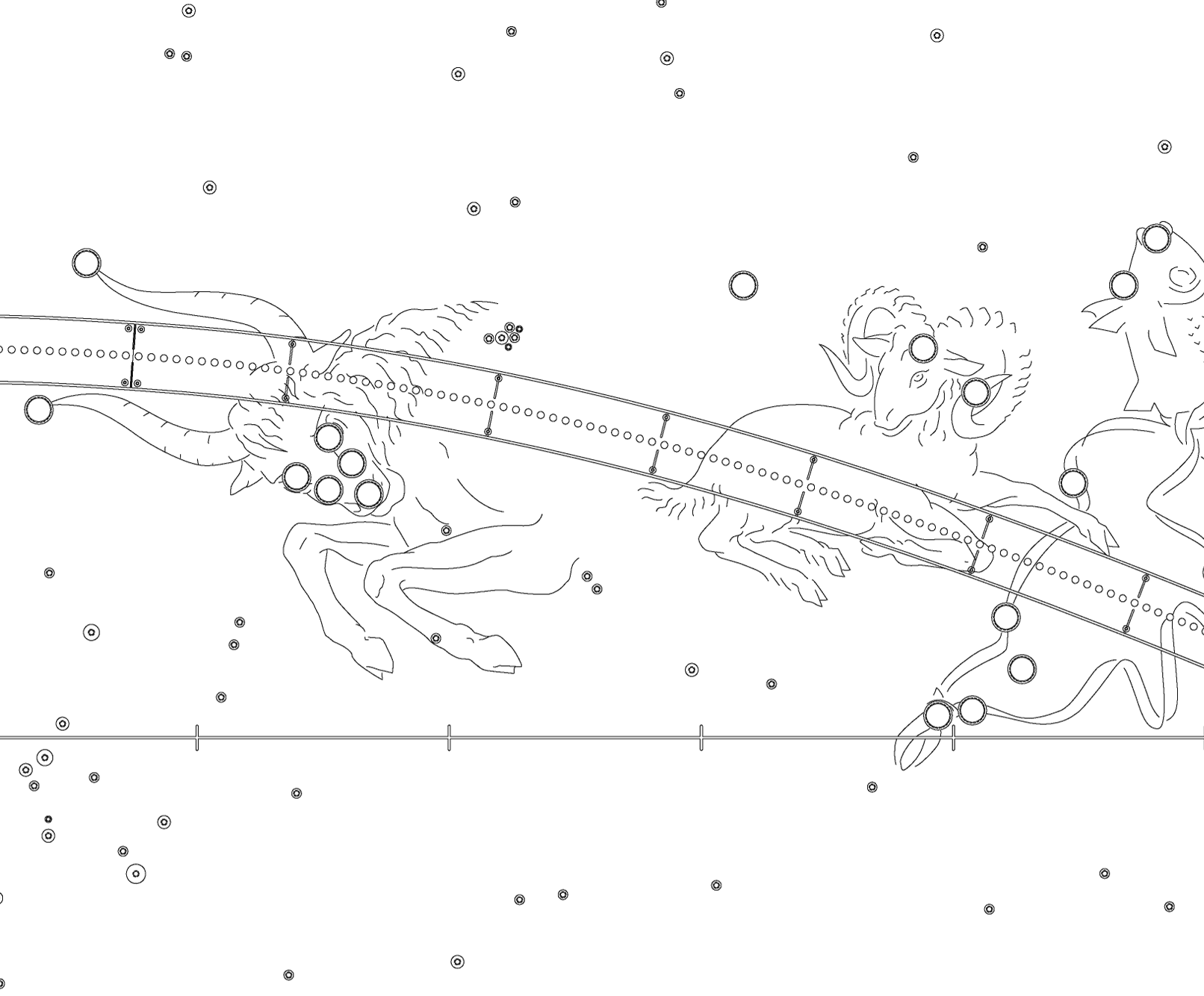
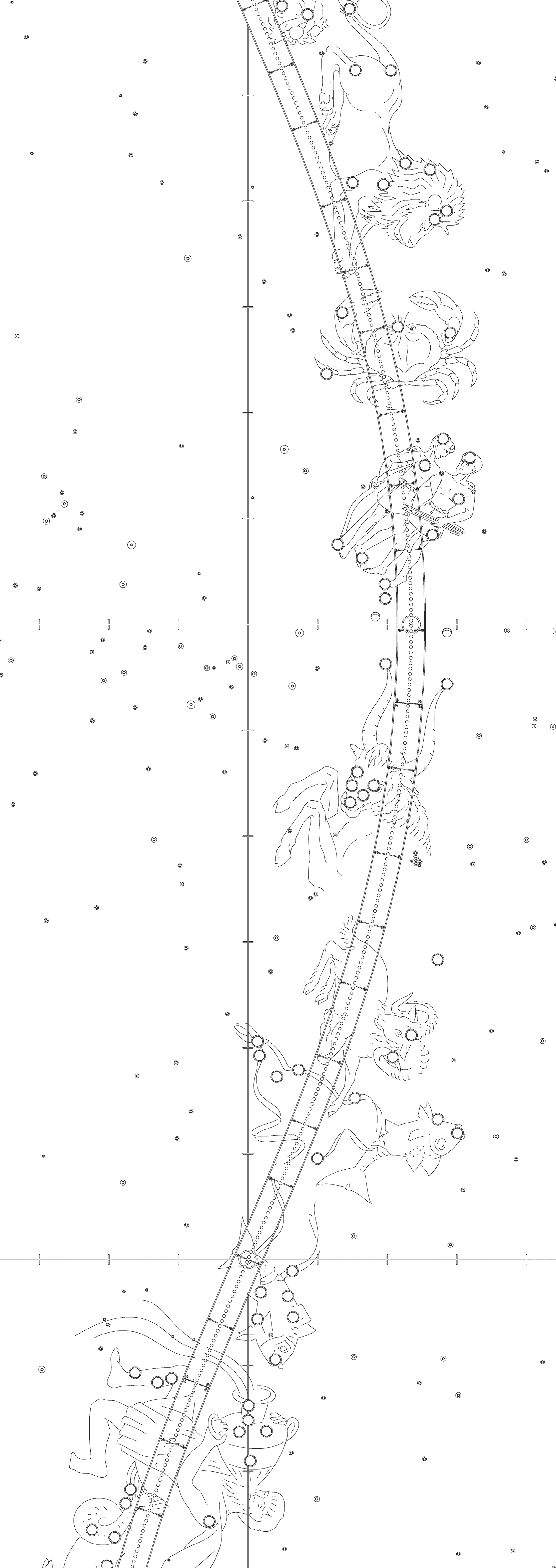
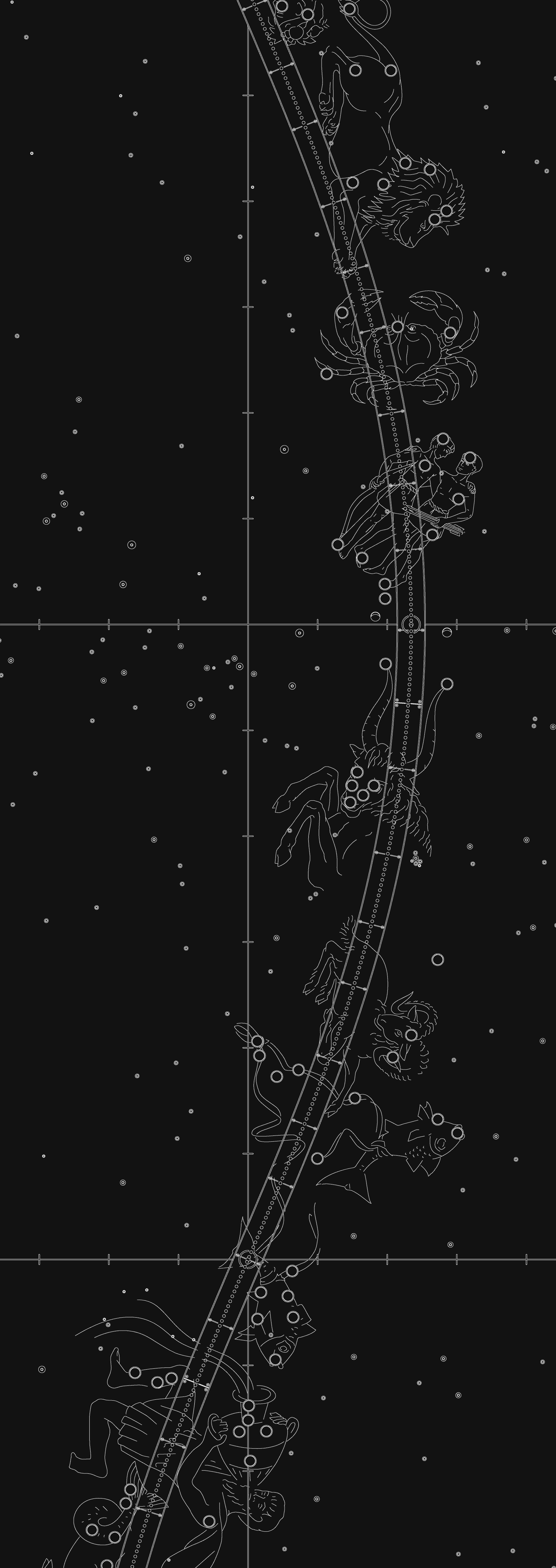
The Pale Blue-Green Planet
A methane haze hides Uranus and its stormy atmosphere from our view and gives the planet its pastel color.
Extreme Seasons
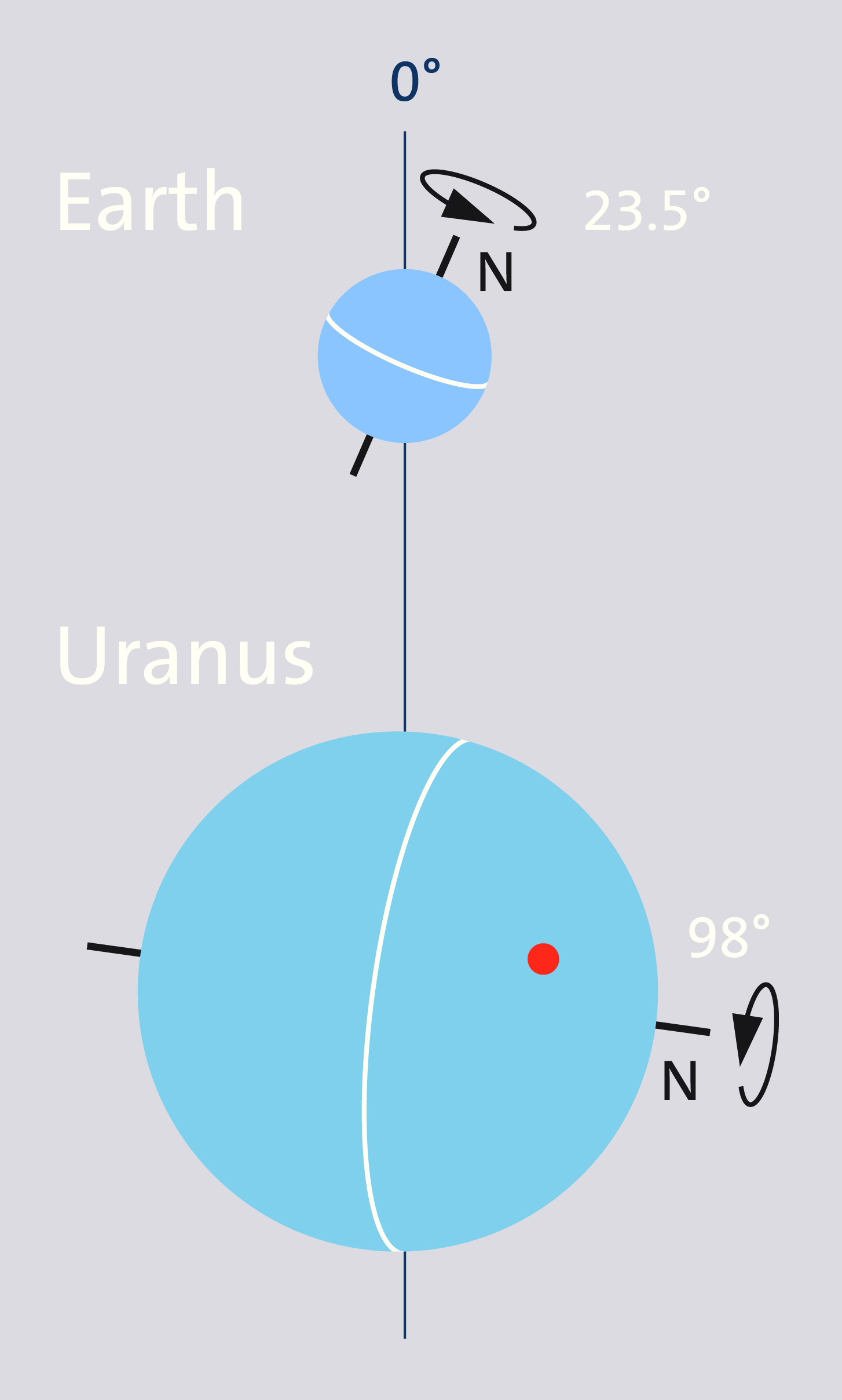
Uranus rolls around on its side during its 84-year orbit, creating unusual seasons. For half the year, one pole is bathed in sunlight and a “day” lasts all summer. The pole pointing away from the Sun is hidden in darkness, and “night” lasts throughout the winter.
Tilt Affects Weather
Unlike at Earth, Uranus’s axis is tilted 98 degrees. For this reason, the planet experiences extreme weather throughout its lengthy year.
A Mixed-Up Moon
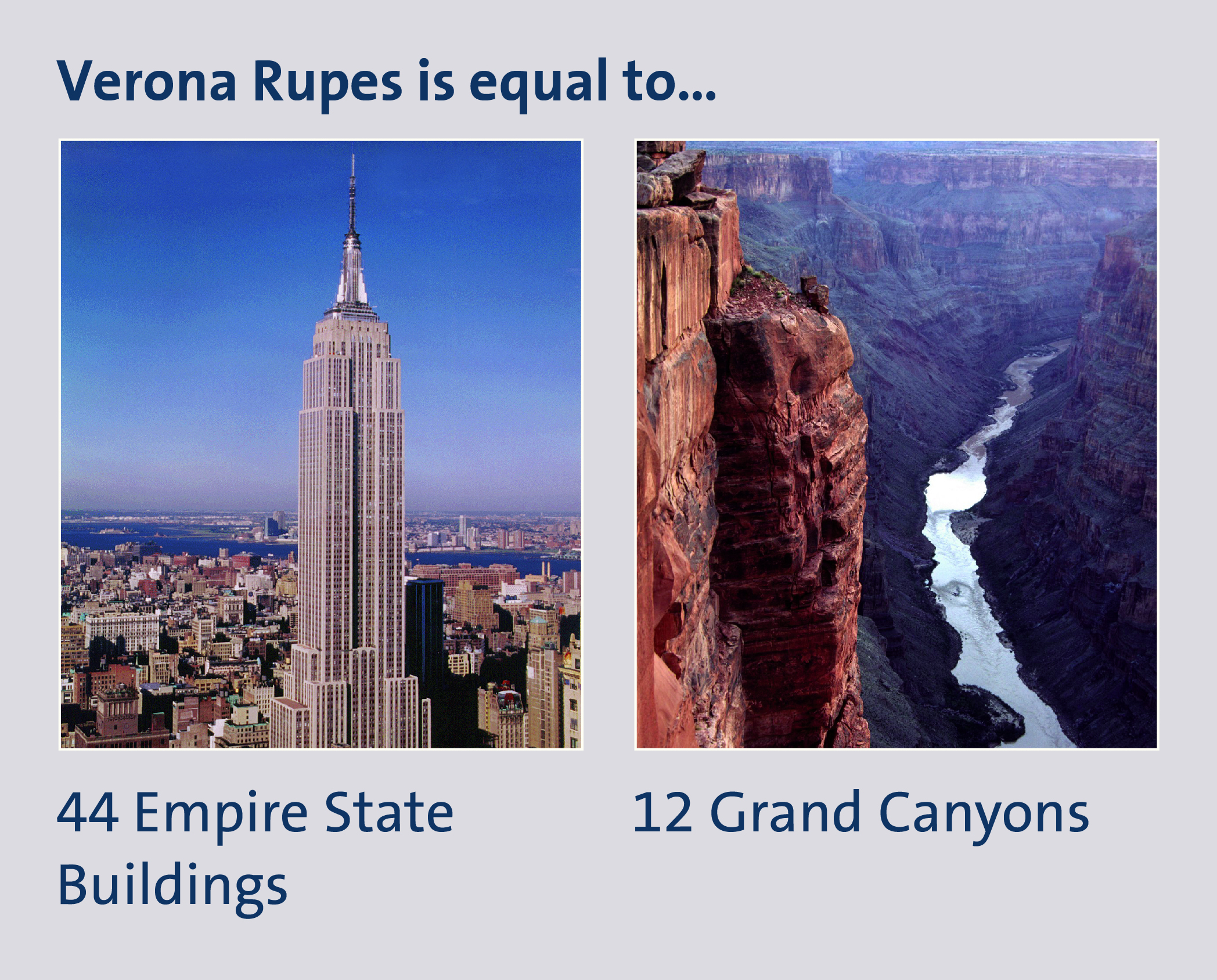
Huge terraces, dark patches, grooves, cracks, and a deep canyon called Verona Rupes give the moon Miranda a jumbled appearance. How it got this way is a mystery. These surface features may be frozen evidence of activity deep inside this icy little world.
Collisions That Change Worlds
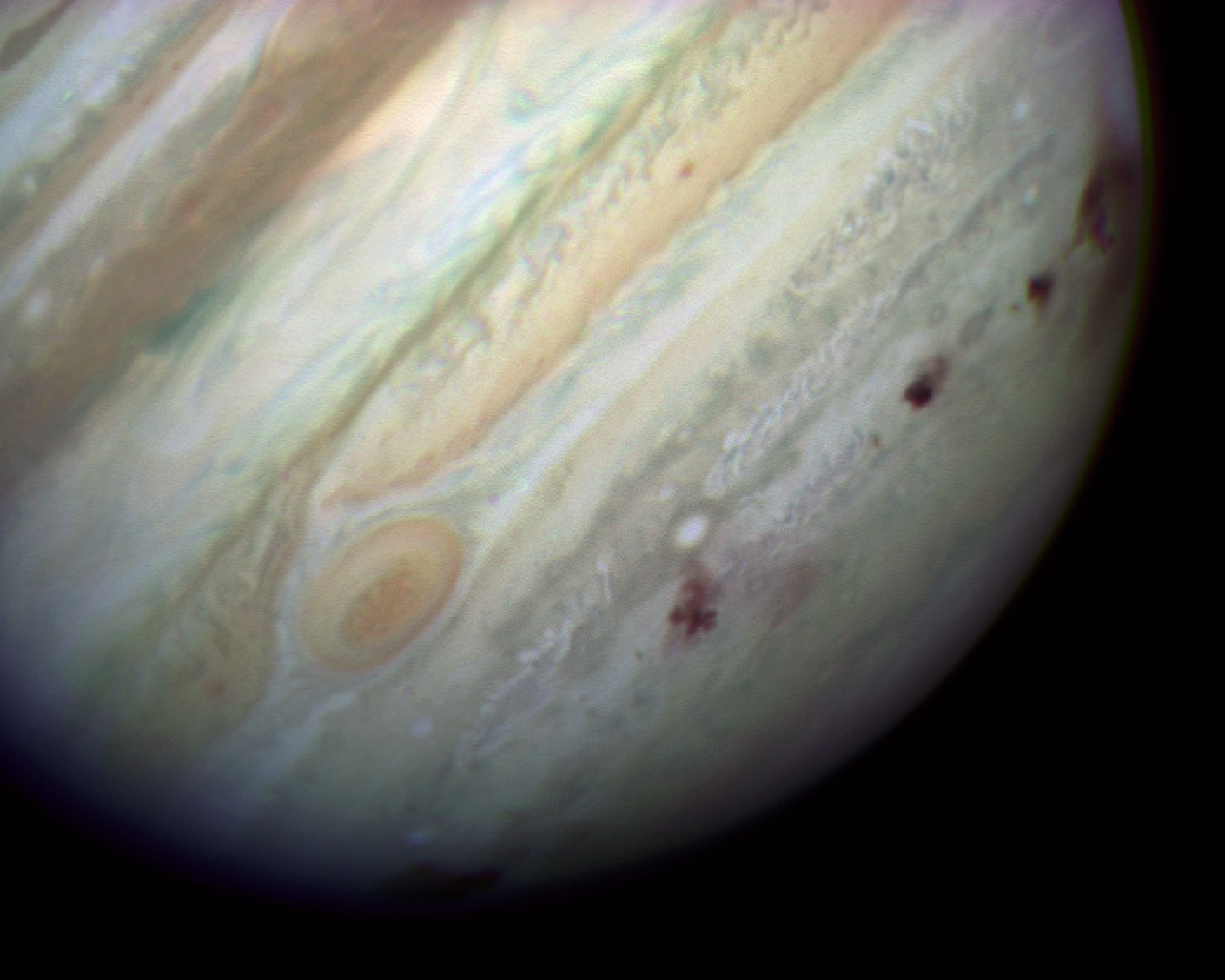
Collisions shape worlds. In 1994, pieces of Comet Shoemaker-Levy 9 were destroyed as they plunged into Jupiter. The impacts added massive dark spots to Jupiter’s colorful clouds. Long ago, a Mars-size object ran into the newborn Earth, and gouged out enough material to form the Moon. Impacts created scars and craters on nearly every planet, moon, and asteroid.
What Tipped Uranus Over?
Uranus is tipped over on its side and spins backward on its axis. Long ago, a planet-size object probably ran into it, and the impact knocked the planet over.
